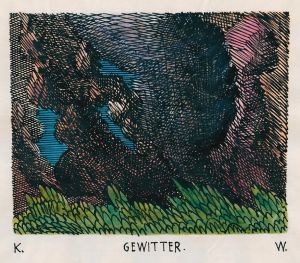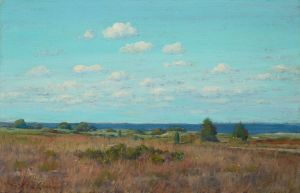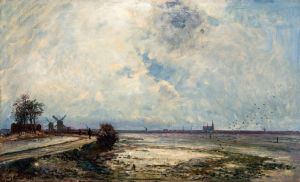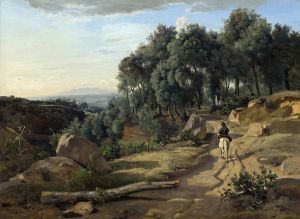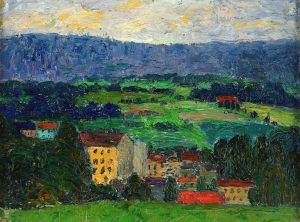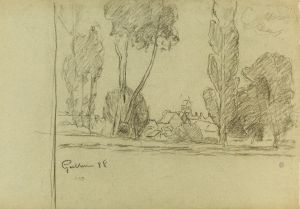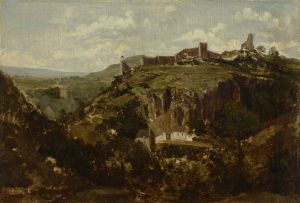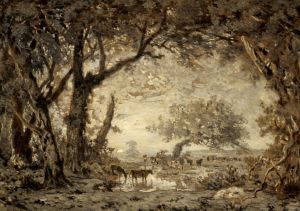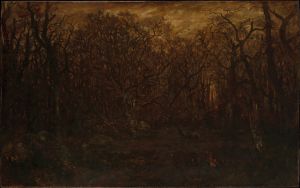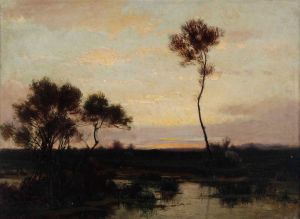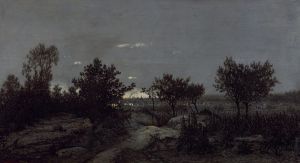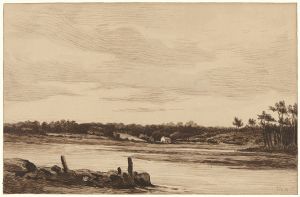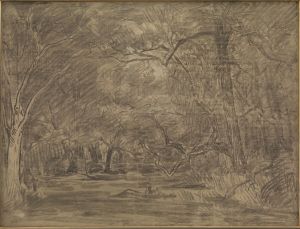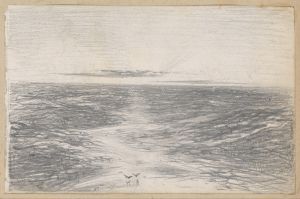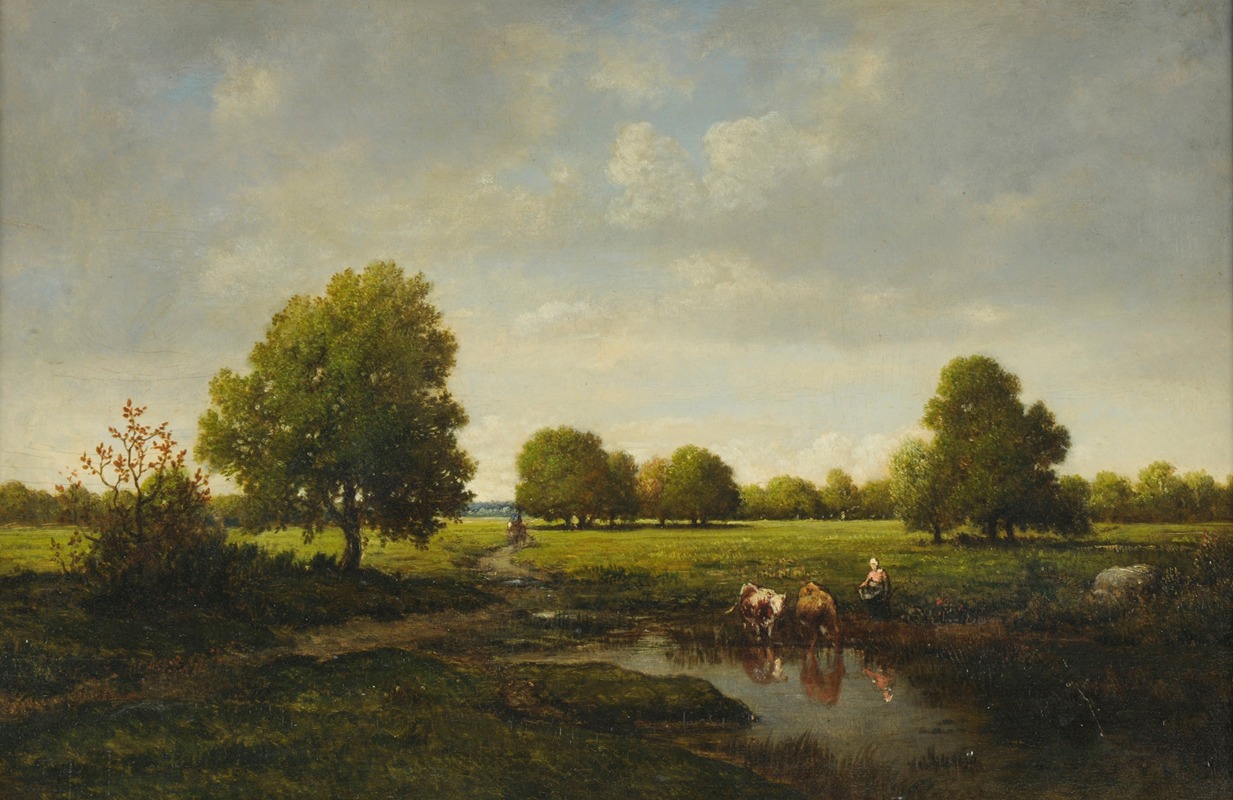
L’Abreuvoir
A hand-painted replica of Théodore Rousseau’s masterpiece L’Abreuvoir, meticulously crafted by professional artists to capture the true essence of the original. Each piece is created with museum-quality canvas and rare mineral pigments, carefully painted by experienced artists with delicate brushstrokes and rich, layered colors to perfectly recreate the texture of the original artwork. Unlike machine-printed reproductions, this hand-painted version brings the painting to life, infused with the artist’s emotions and skill in every stroke. Whether for personal collection or home decoration, it instantly elevates the artistic atmosphere of any space.
Théodore Rousseau's painting L’Abreuvoir (translated as The Watering Place) is a notable work by the French artist, who was a leading figure of the Barbizon School. This 19th-century artistic movement emphasized naturalistic landscapes and rural scenes, often painted en plein air (outdoors) to capture the changing light and atmosphere of the countryside. Rousseau, born in 1812 in Paris, was deeply inspired by the forests and rural landscapes of France, particularly the Forest of Fontainebleau, which became a central subject in his works.
L’Abreuvoir depicts a tranquil rural scene, likely featuring a watering place where animals and possibly humans gather. The painting exemplifies Rousseau's dedication to portraying nature with a sense of realism and emotional depth. His works often reflect a harmonious relationship between humans, animals, and the natural environment, a theme that resonated with the Romantic ideals of the time. Rousseau's meticulous attention to detail and his ability to convey the textures and moods of nature are evident in this piece.
The painting is characterized by its earthy tones, soft lighting, and a composition that draws the viewer into the serene setting. Rousseau's technique often involved layering glazes and using a rich palette to achieve depth and luminosity. His approach to landscape painting was innovative for its time, moving away from the idealized, classical landscapes of earlier periods and focusing instead on the raw beauty of the natural world.
While specific details about the creation date or the current location of L’Abreuvoir are not readily available, it is consistent with Rousseau's broader body of work, which often celebrated the simplicity and majesty of rural life. His contributions to the Barbizon School helped pave the way for later developments in landscape painting, influencing artists such as the Impressionists.
Théodore Rousseau faced challenges during his career, including initial rejection by the Paris Salon, the official art exhibition of the Académie des Beaux-Arts. However, his persistence and unique vision eventually earned him recognition as one of the foremost landscape painters of his era. His works, including L’Abreuvoir, continue to be appreciated for their poetic representation of nature and their role in the evolution of modern landscape art.
Further research into museum collections or exhibition records may provide additional information about this specific painting.





